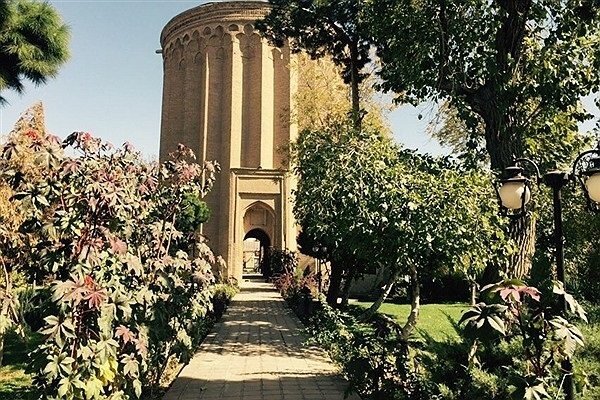Ancient architectural vestiges accidentally unearthed near Tughrul Tower

TEHRAN – Some ancient architectural vestiges have accidentally been unearthed near the 12th-century Tughrul Tower in southern Tehran.
The remnants, estimated to date from the Seljuk era (1037–1194), were primarily found during a site preparation westward of the brick tower, Mehr reported.
Later, a team of archaeologists carved five trenches each with about 4 meters depth… and the ruined structures were found beneath a residential house and a school that span some 2,000 square meters in area, the report said.
Standing tall in the city of Rey, the tower is the tomb of Seljuk ruler Tughrul Beg, who died in Rey in 1063. Originally, like other monuments of its time, it was capped by a conical dome that would have added to its height.
Rey was one of the capital cities of the Parthian empire (3rd century BC–3rd century CE). According to Encyclopedia Britannica, the city was briefly a capital under the rule of the Seljuqs, but in the 12th century.
In 1220 the city was almost destroyed by the Mongols, and its inhabitants were massacred. Most of the survivors of the massacre moved to nearby Tehran, and the deserted remnants of Rey soon fell into complete ruin.
Seljuk, also spelled, Seljuq, was a ruling military family of the Oguz (Ghuzz) Turkic tribes that invaded southwestern Asia in the 11th century and eventually founded an empire that included Mesopotamia, Syria, Palestine, and most of Iran. Their advance marked the beginning of Turkish power in the Middle East.
AFM
Leave a Comment